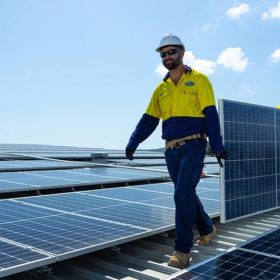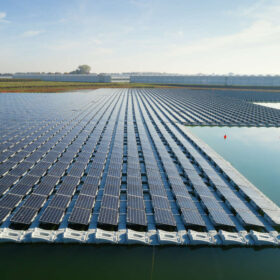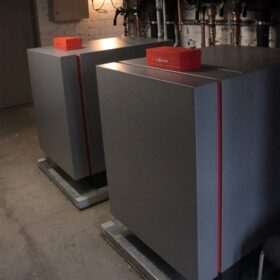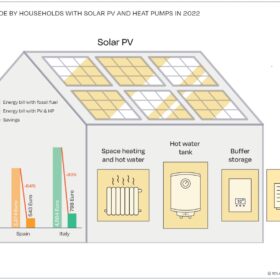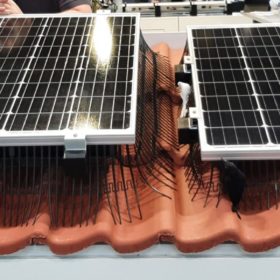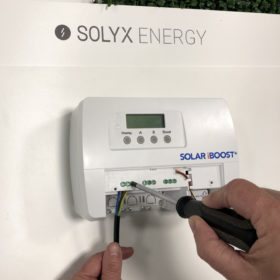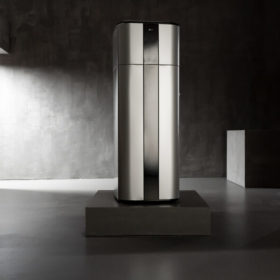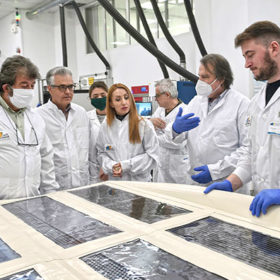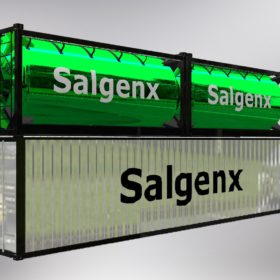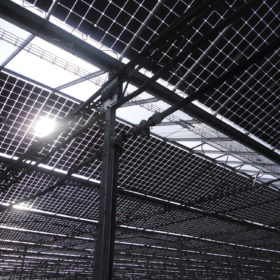New global solar capacity additions hit 191 GW in 2022, says IRENA
Global renewable capacity increased by 295 GW last year, bringing the world to a cumulative installed capacity of 3,372 GW, according to the International Renewable Energy Agency (IRENA).
Global study highlights potential of floating solar
An international group of researchers has calculated the potential for floating solar across the world. The results show a generation potential of 9,434 TWh per year across 114,555 global reservoirs, with 30% of their area covered. The United States leads with 1,911 TWh per year of potential, followed by China at 1,107 TWh per year and Brazil at 865 TWh per year.
Fraunhofer ISE, Viessmann develop multi-source residential heat pump
Fraunhofer ISE has presented the results of retrofit heat pump installations in multi-family homes in Germany. One demonstrator featured rooftop solar PV and a multi-source heat pump developed in partnership with Viessmann. It uses air and geothermal as heat sources.
Study shows symbiotic effect of heat pumps and residential solar
SolarPower Europe says in a new report that households in Germany, Spain, and Italy can more than triple their savings by pairing PV with heat pumps. It said this combination helped families to save between 62% and 84% on their annual energy bills in 2022.
Plastic strip to prevent birds from nesting under rooftop solar
Netherlands-based BirdBlocker has developed a plastic strip that can be placed under solar panels installed on pitched rooftops. The long needles prevent birds from nesting under the modules. The structure is attached to the frame of the modules with stainless steel clips.
Dutch startup unveils controller to store excess PV power in hot water
Solyx Energy has developed a device to maximize solar self-consumption in residential homes. The sensor measures how much solar power can be fed back into the grid at different times, while a controller redirects that excess energy into an electric water heater.
LG unveils heat pump for water heating
LG has developed an air source heat pump with the capacity to heat 200 liters to 270 liters of domestic water. It uses R134a as a refrigerant and the pump has a coefficient of performance (COP) of up to 3.85.
Greek manufacturer to open organic solar cell factory
Organic Electronics Technologies (OET) has announced the start of a European-funded project that will develop and build an automated manufacturing production line for integrated printed organic photovoltaics in Thessaloniki, Greece.
US startup unveils saltwater flow battery for large-scale storage
US-based Salgenx has developed a scalable redox flow battery with two separate tanks of electrolytes, one of which is saltwater. Unlike other flow batteries, the new device is membrane-free, promising big gains at the levelized cost of storage level.
New method to measure energy yield of bifacial PV systems
Canadian scientists have developed a new way to measure the energy yield of bifacial PV systems. They said they considered the spectral albedo of ground cover like snow and sand to predict energy gains of up to 2%, in comparison with the International Electrotechnical Commission (IEC) standard.
